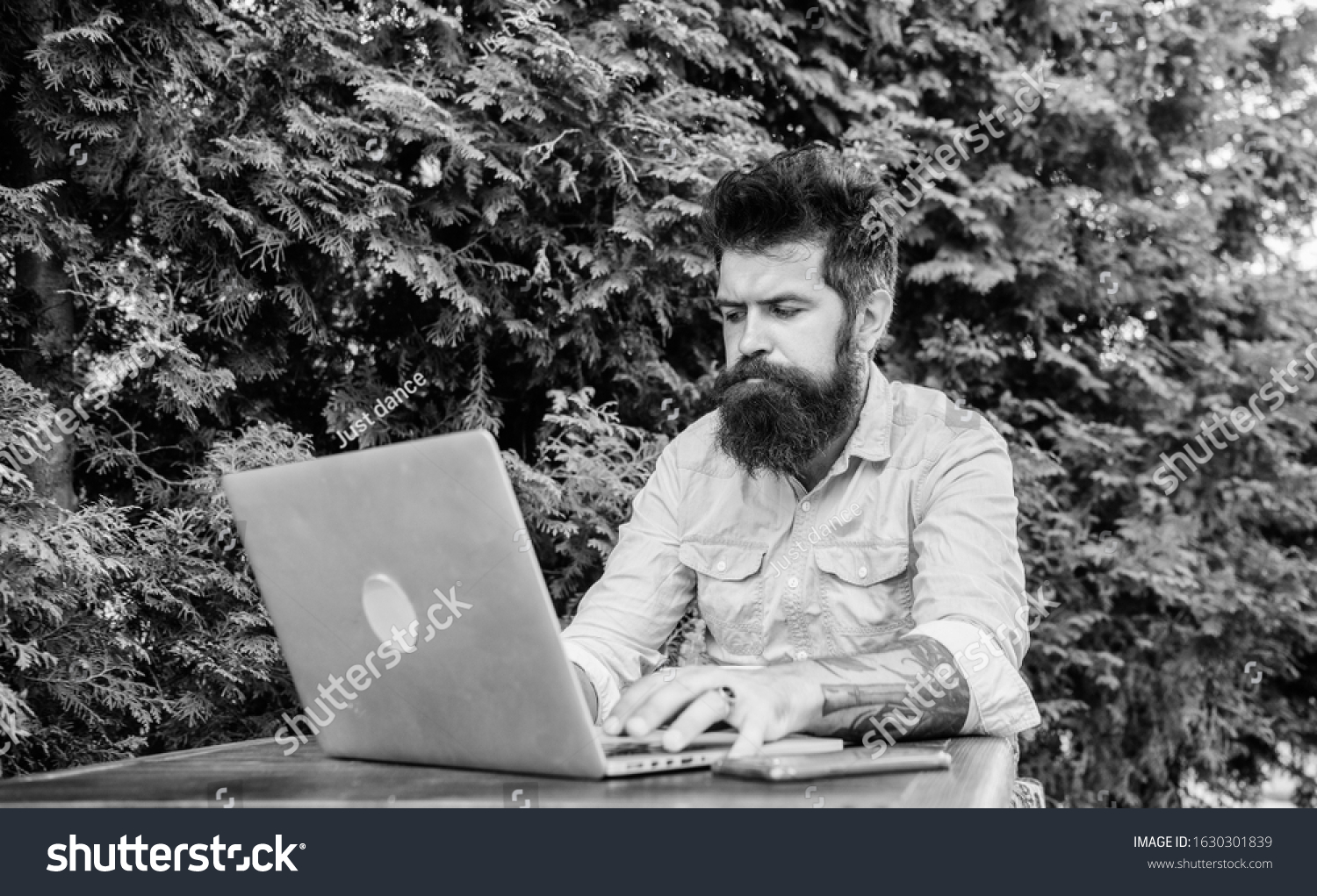
An environmental practitioner is responsible for monitoring pollution levels in the air, water, or noise. He also provides advice to businesses on legal obligations and standards for workplace health and safety. They are frequently called upon to aid in the prevention and treatment of emerging diseases and natural catastrophes. This job has specific duties and responsibilities. Read on for more information. Learn more about a typical day for an environmental medicine practitioner.
Environmental health workers monitor levels of noise, air, and water pollution.
Environmental health practitioners are trained to protect public health by monitoring pollution levels in the air, water, and noise. They analyze data to help determine what causes pollution and how to control it. They might work for industry, consulting firms or government agencies. Consulting firms can place a focus on one area or assess safety at a site. Environmental health practitioners who work for industry often travel to different industrial sites and conduct assessments. Sometimes, environmental health professionals may be involved in disaster relief efforts. They often race to disaster zones to assess risk and speed up cleanup efforts.
An environmental health practitioner usually has a four-year college education in a scientific area. For certification, some states require that the professionals have experience and pass licensing exams. Many environmental healthcare professionals also have a master’s degree in environmental medicine science. The National Environmental Health Science and Protection Accreditation Council has accredited most of the environmental health degree programs, which ensures a skilled workforce.

They assist businesses with their legal obligations
Environmental health practitioners advise businesses on their legal obligations regarding health and the environment. They are involved in the enforcement of laws and standards and work closely with other professionals. The field is a demanding job for environmental health professionals, who often work under pressure and within tight deadlines. These practitioners may work for a variety of different clients, from manufacturers and service companies to restaurants and shops.
Accredited courses are required in order to be certified as an environmental health professional. A professional exam is required and a portfolio of experience learning must be completed. Work experience can be completed as part of your degree or after graduation. Make sure to take a lot of math, physical science, and life sciences classes during your studies. You should also get as much hands-on experience as you can, such as volunteering with public health organizations or designing science fair projects relating to pollution.
They offer advice on workplace safety and health.
The job of an environmental health practitioner is to detect and manage hazards that could affect safety and health. They may work in government agencies or for commercial or industrial concerns. They could also work for themselves. They may be responsible for advising on safety and health standards at work and implementing policies to protect people's health.
An environmental practitioner is responsible for ensuring that health and safety standards are maintained, as well as protecting the environment. Environmental health practitioners provide advice, education, and monitoring to make sure that standards are met. These professionals are sometimes called environmental health officers depending on the level of their specialization. Their primary responsibility involves promoting health-friendly environments, and reducing potential health hazards. They are also responsible for investigating, preventing, and monitoring food and water.

They give advice about climate change
An environmental health practitioner advises on climate change, the environment and health. These professionals often work in partnership with both the private and public sectors. They are responsible for the prevention of communicable disease, water quality, food safety and monitoring premises. The vector control and the environmental pollution control are also responsibilities of environmental health professionals.
Many environmental health professionals work in government agencies or engineering plants. This often requires them to travel. Their job description is a complicated one that involves several skills. The goal is to protect the public's health while reducing pollution levels.
FAQ
Is it possible to start a consultancy from home?
Absolutely! This is something that many consultants do already.
Working remotely is a common way for freelancers to work. They use tools like Skype, Trello (Slack), Trello, Basecamp and Dropbox. To avoid being left out of company perks, they often set up their own office space.
Freelancers might prefer to work in libraries or cafés, rather than traditional offices.
Some people choose to work from their home because they like being close to their children.
Of course, working from home has its pros and cons. It's worth looking into if your job is fulfilling.
How did modern consultancy become possible?
The first consultants were accountants that helped companies manage finances. They were known as "accounting consults" because they are highly skilled in the management of financial information. The role soon expanded to include other areas, including human resources management.
The term "consultant" came from the French word for "to advise." It was used by businessmen to describe someone who could offer advice on how to run an organization. Many business owners use the term "consultant" to describe any professional advisor.
What qualifications are necessary to become a consultant
It's not enough just to have an MBA degree; you must also demonstrate experience working as a business consultant. You must have at least two years' experience working in consulting and/or training within a large company.
Your experience in strategy development projects requires that you work closely with senior managers. This requires you to feel confident presenting ideas to clients, and getting buy-in.
Additionally, you will need to pass a professional qualification such as the Chartered Management Institute Certified Management Consultant (CMC).
Statistics
- According to statistics from the ONS, the UK has around 300,000 consultants, of which around 63,000 professionals work as management consultants. (consultancy.uk)
- Over 50% of consultants get their first consulting client through a referral from their network. (consultingsuccess.com)
- My 10 years of experience and 6-step program have helped over 20 clients boost their sales by an average of 33% in 6 months. (consultingsuccess.com)
- So, if you help your clients increase their sales by 33%, then use a word like “revolution” instead of “increase.” (consultingsuccess.com)
- Over 62% of consultants were dissatisfied with their former jobs before starting their consulting business. (consultingsuccess.com)
External Links
How To
What Does A Typical Day For A Consultant Look Like?
Depending on what type of work you do, your typical day may vary. You will be spending time researching, planning new ideas, meeting with clients, and creating reports.
Meetings are a common way to discuss problems and issues with clients. These meetings may be over the phone via email, on-line, or face-to–face.
Sometimes, you may be asked to create proposals. These are documents that outline your ideas and plans for clients. These proposals will be presented to clients by you and a mentor.
After all the planning and preparation you will have to put your efforts into creating some content. For example, you could be writing articles, designing websites, creating videos, editing photos, or conducting interviews.
Depending on your project's scope, it may be necessary to do research to get relevant statistics. It may be necessary to know how many customers are currently using your products or services.
After gathering enough information, you can present your findings to clients. You can either present your findings in writing or orally.
After the initial consultation, it is important to follow up with clients. You might contact them regularly to check on their progress or send them emails to confirm they have received your proposal.
Although this process can take time, it is important to stay focused and build good relationships with your clients.